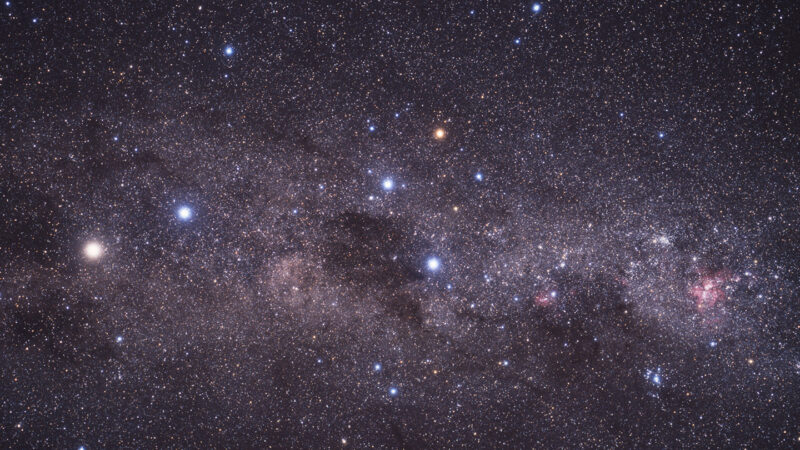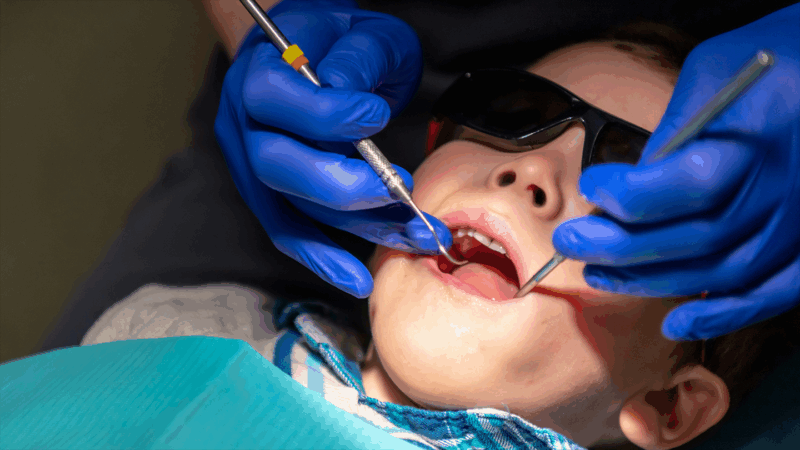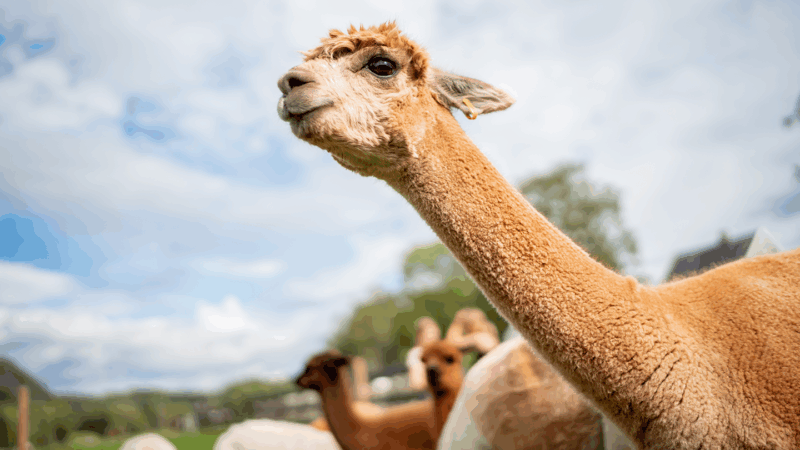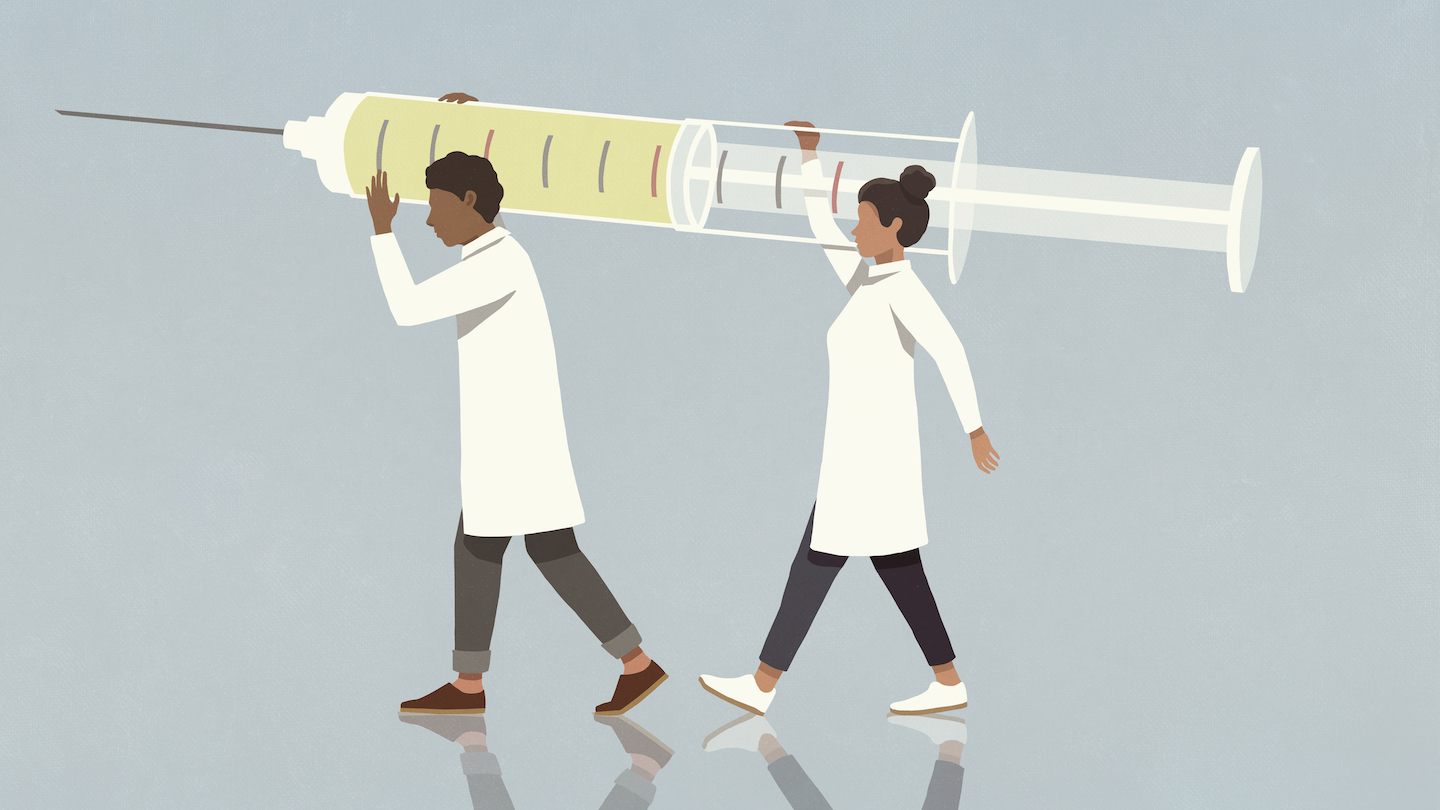Columbus, Ohio — Space-grown plants twist and coil as they seek to identify gravity. The instinct normally helps buried baby plants know which way to grow to find light. But seeds will waste precious energy if they spend too much time searching for the right direction. That’s what often happens in the microgravity aboard spacecraft. A trio of clever teens have now devised a new way to mimic gravity’s guidance: magnets.

They hope their work will point the way toward higher crop yields during long-term space voyages of the future. Another young scientist is studying why such solutions could prove especially valuable in coming years.
All four students competed here, earlier this month, at the 75th annual Regeneron International Science and Engineering Fair, or ISEF. Society for Science (which also publishes this magazine) created this annual event — and still runs it. This year’s 1,657 participants came from 62 nations or territories. They shared nearly $9 million in prizes.
Plants “grow based off of gravity,” explains Emma Tillery, 15. Gravity tells roots to grow down and shoots to grow up toward the sun. This sophomore at Central High School in Macon, Ga., wanted to get a better understanding of gravity’s effect on plant growth.
To do that, she built a clinostat. This device rotates like a fast clock. It doesn’t mimic microgravity, exactly. It just constantly changes the direction of gravity for anything attached to it.
Emma wanted to know what would happen to seeds “planted” on it. How would having no steady pull of gravity confuse them and alter their growth?
To find out, she planted seeds of garden cress (Lepidium sativum) in petri dishes along with a nutrient gel known as agar. She attached the dishes to the clinostat and set them spinning at 15 rotations per minute.

She compared their growth to those of non-spinning seeds. Some non-spinners had been left to germinate in a normal orientation (a dish set flat on a table). Other dishes had been set at a sharp angle.
To Emma’s surprise, the clinostat’s spinning sprouts came out curly. They “would grow in circles around the original seed,” she says. They also took two to three days longer to sprout, compared to plants with constant gravity. And their roots grew only half as long during the week-long experiment.
These data suggest that plants will waste lots of a seed’s stored energy trying to figure out which way is up or down.
For her research, Emma took home the first place award in the plant sciences category at ISEF and $750.
Emma’s conclusion: Scientists should find a way to simulate gravity on board spacecraft so that plants can save most of their energy for growth.
A magnetic solution
Unknown to Emma, that’s precisely what three teens set out to do at Saipan International School. It’s on the largest of the 14 Northern Mariana Islands. This U.S. territory is in the West Pacific, not far from Guam.
The trio used a technique they call magneto-priming. That’s “just a fancy word for magnetizing,” says Lya Kim, 15. A sophomore, she teamed up with two juniors, Dong Hyun Lee and Dong Gyu Lee, each 16. Together, they figured out how magnets might stand in for gravity.

Peas are a good source of iron, Lya notes. And iron makes great magnets. That’s why her team chose sugar snap peas (Pisum sativum) for its tests. (Another high-iron seed would be chickpeas, Lya says.)
Magneto-priming is not new, notes Dong Hyun. But until now, it has been used for a different purpose. Magnetized seeds release more auxin. “That’s a plant hormone,” he explains. More auxin allows water to enter cells more easily. Plant cells also make new proteins faster. So scientists have magnetized some seeds to boost plant growth.
They’ve typically treated seeds by soaking them in “magnetized water,” Dong Hyun says. Such seeds would therefore get more water than untreated seeds, which could also affect their growth.
To be sure magnetism, not water, was behind any growth changes, this team took a different approach. They put their seeds into a stack of donut-shaped magnets for 24 hours. That ring shape ensured “the seeds would get magnetized in every direction,” Dong Hyun explains.
Magnets give plants a boost
The team planted pea seeds in petri dishes with a nutrient gel. They also used a clinostat to mimic changing gravity. But unlike Emma, they also attached two magnets to one side of these petri dishes. Their hypothesis: Treated peas would now grow toward the magnets. In this way, those magnets should guide the seedlings’ growth, despite an apparent ever-changing direction in gravity’s pull.

Magnetized seeds sprouted 28 percent faster than non-magnetized seeds, reports Lyu. Baby pea plants also grew about 67 percent faster than those from non-magnetized seeds. And much like Emma’s cress sprouts, non-magnetized peas grew chaotic and twisty. Sprouts from magnetized seeds, however, grew straighter. Their stems were “73.4 degrees more aligned to the original designated path,” notes Lya.
These early results suggest that magnets could help plants grow better in space.
The same thing inspired both of these ISEF projects: a NASA program on gardening in space known as VEGGIE. Explains Dong Gyu, “It grows different types of lettuce, tomatoes and everything [aboard spacecraft] and sends them back to Earth.”
Finding ways to better grow plants in space provides more than just food, adds Emma. Astronauts will be “so far away,” she notes. “And they’re going to be there for who knows how long.” Traveling alongside growing plants, she says, would give them a “little bit of home.”
Do you have a science question? We can help!
Submit your question here, and we might answer it an upcoming issue of Science News Explores

















